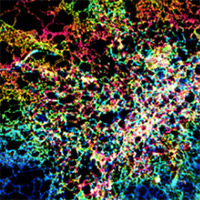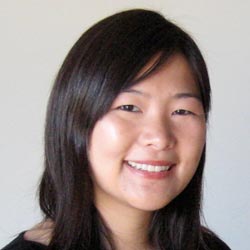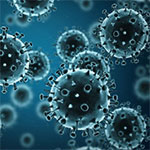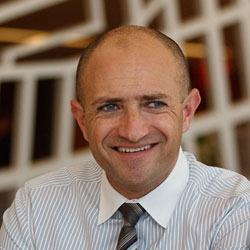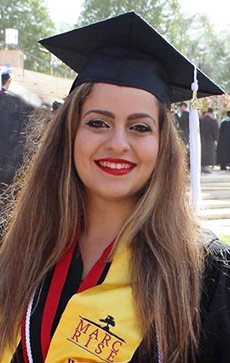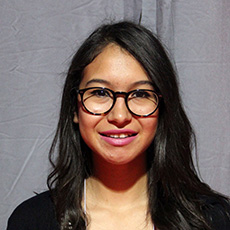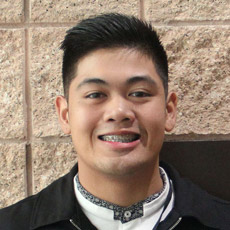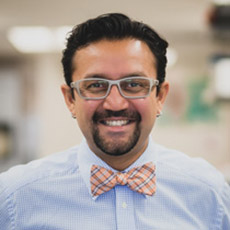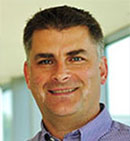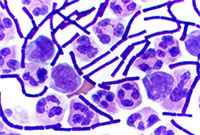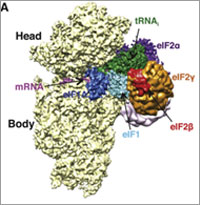As school starts up again, we look forward to a year that further enhances health and science literacy and brings students closer to pursuing science as an exciting future career. The National Institutes of Health continues to help both educators and students toward these goals through its Science Education Partnership Award (SEPA) Program ![]() .
.
What Is SEPA?
SEPA funds innovative science, technology, engineering, and mathematics (STEM), and informal science education (ISE) projects for students in pre-kindergarten through grade 12 (P-12), as well as public outreach activities such as science museum exhibits. Its goal is to invest in educational activities, including interactive online resources, that improve the training of a future workforce to meet the country’s biomedical research needs. SEPA encourages partnerships between biomedical researchers and P-12 teachers, schools, and other interested groups. SEPA provides:
- Opportunities for students from underserved communities to learn about careers in basic or clinical research.
- Professional development, skills, and knowledge building for science teachers.
- Support for science centers and museum exhibits on health and medicine to improve community health literacy.
In March 2017, SEPA found its new home with the National Institute of General Medical Sciences (NIGMS). Congress mandated the move so that SEPA could more efficiently integrate with our other institution-building and research training programs and increase collaboration opportunities between them.
SEPA-Funded Resources
The following are just some of the various SEPA-funded resources that educators can use to engage their students in science:
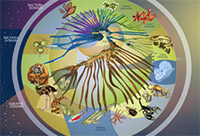
The Partnership in Education: movies, games, and curricula ![]() (elementary and middle school)
(elementary and middle school)
The Partnership in Education at Duquesne University specializes in using cutting-edge technologies and creative media platforms—including videos, apps, posters, and lesson plans—to bring science to life and inspire lifelong learning. Topics include development ![]() , evolution
, evolution ![]() , the science of sleep, and regenerative medicine
, the science of sleep, and regenerative medicine ![]() .
.


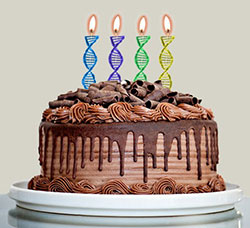 This month, our blog that highlights NIGMS-funded research turns four years old! For each candle, we thought we’d illuminate an aspect of the blog to offer you, our reader, an insider’s view.
This month, our blog that highlights NIGMS-funded research turns four years old! For each candle, we thought we’d illuminate an aspect of the blog to offer you, our reader, an insider’s view.
